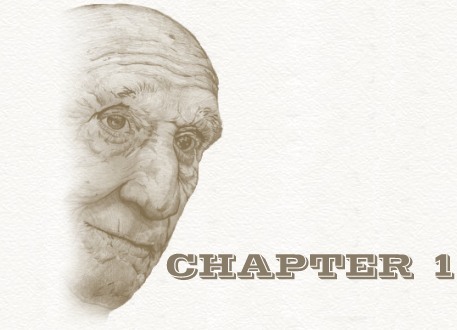To begin then, fix your eye on Fred. Gotteschalk, Jacob Lewis and George Roush. Panting for the glory of being the first to discover the city site on the banks of the far-famed Loup, this trio set out, and on they pressed, out they ventured, gazing into the blue depths of the infinite West. At North Bend they passed the confines of the civilized earth, and thenceforth trod the field of infinite desolation. But at last they rested on the brink of the fabled waters. They found the Loup, marked the city site and hastened back to Omaha to report. Nor can the others deny the animating power of that unofficial rendering. The Columbus Company was organized and a committee of exploration was designated, with authority to locate, consisting of Vincent Kummer, in charge; Charles Turner, surveyor; John C. Wolfel, carpenter; Fred. Gotteschalk, Jacob Lewis, Jacob Guter, Carl Rienke, Henry Lusche, Michael Smith, Adam Denk, and John Held.
A little in advance of them, however, were on their way the pioneers of another company, who, not intending to go so far, halted on the east bank of Shell creek a little above its entrance into the Platte.
Together with associates, among them Gen. Eastbrook, Col. Miller, father of the Omaha Herald Editor, and others, they thought to found a city and true to their political instincts, they called the place Buchanan, in honor of the Sage of Wheatland then chief Magistrate of the Nation and the head of the American Democracy.
Our Columbus party passed this spot a month later and pressed on to their destination on the Loup. Of course, Gotteschalk and Lewis could point out the spot, for they had been there. The others too would readily recognize it, for the river had been described as a clear and placid stream, deep but narrow and abounding with fish. They halted at noon on the enchanting shore and gazed with delight at the great fish lying far down in the quiet water. Wolfel, as boss carpenter, was enthusiastic and could scarcely wait 'till dinner was finished before commencing the Loup bridge and thus sealing the destiny of the new city against all rivals.
A letter of Mr. Kummer to his old home Columbus Ohio, describing the new world, aroused the spirit of adventure in many, among them John Rickly who immediately dropped all and left for the west, Michael Weaver and others.
Meantime, the preliminary work went on here. On the 28th day of May 1856, the outlines of the town were determined and the whole was soon blocked out. A rough log building was extemporized and roofed with grass. It answered all their purposes of dwelling, storage and fortification and was long known as the "Old Company House." Rickly and perhaps others visited the place in the summer, but October 7th, 1856 is put down as the date of settlement of the second installment consisting of J. Rickly, J. P. Becker, John Browner, Anthony Voll, Charles Bremer, John H. Green, Wm Distlehorst, Jedediah Mills, Geo. Berni, Martin Heintz, the Quinns and Haneys and Mrs. Wolfel. To Mrs. Wolfel, as the first lady adventurer, the Company afterwards gave, for a testimonial, one share in the capital stock of the Company, equal to ten average lots in the town. In December came J. M. Becker, and thus was completed the invoice of Buchanan and Columbus and by adding one lone man and his little boy--D. Hashberger who that year drove his stake where he yet lives, now Schuyler--was completed the immigration to Platte county in 1856--twenty-five souls all told.



